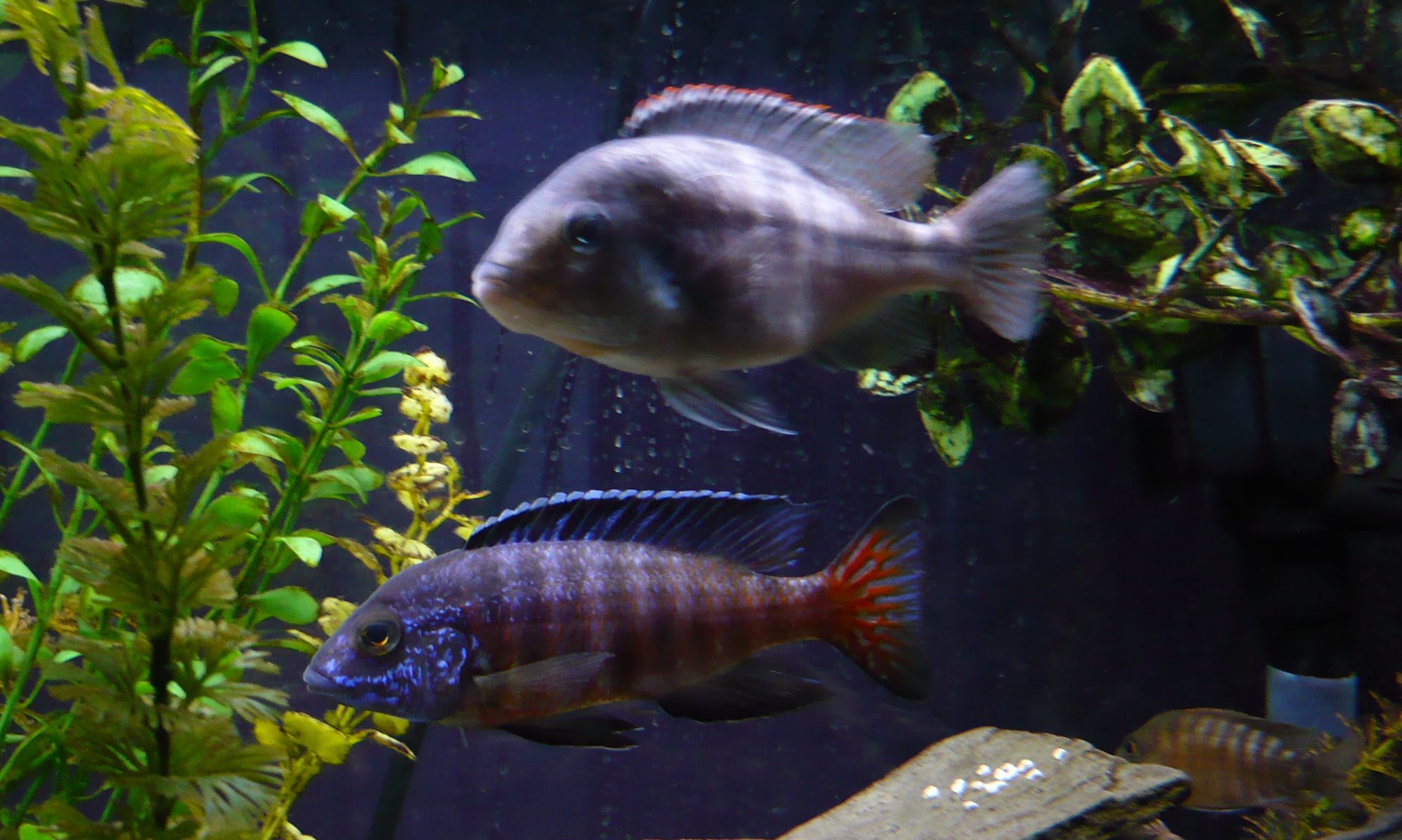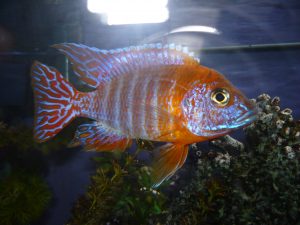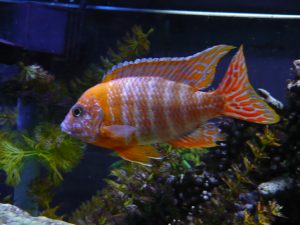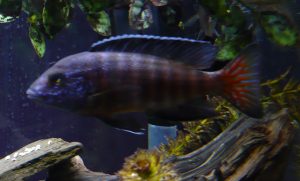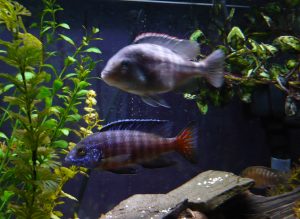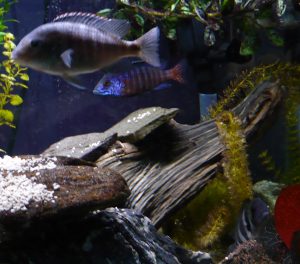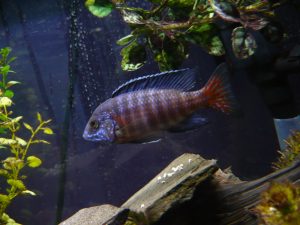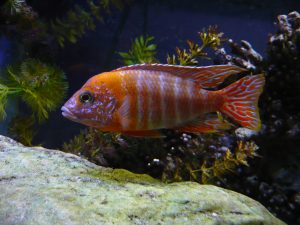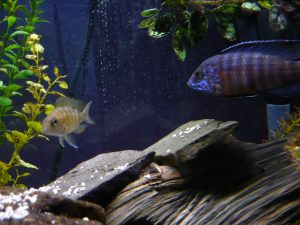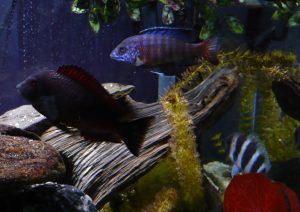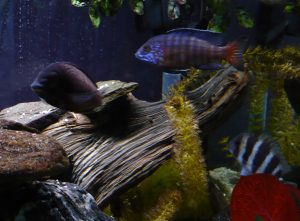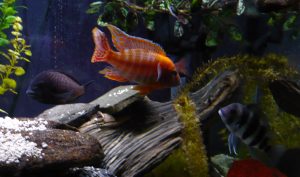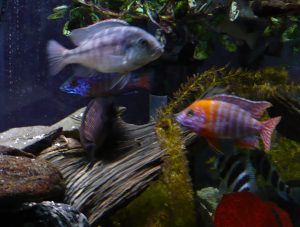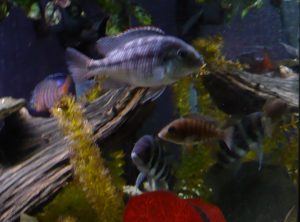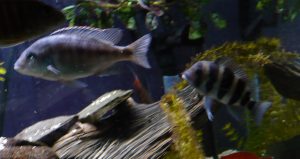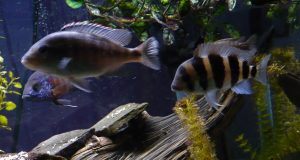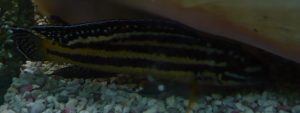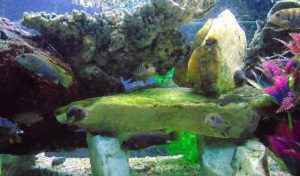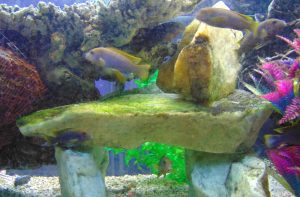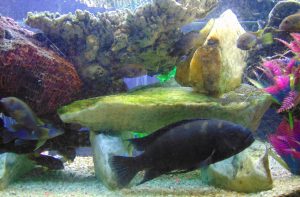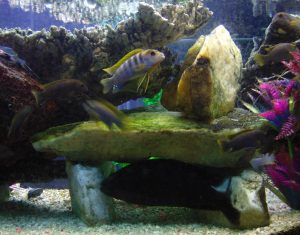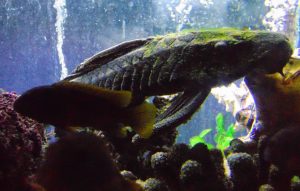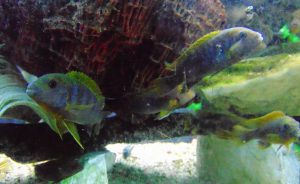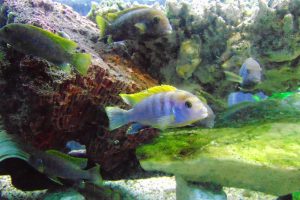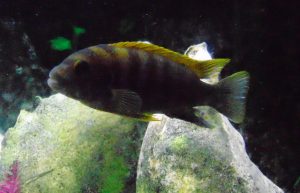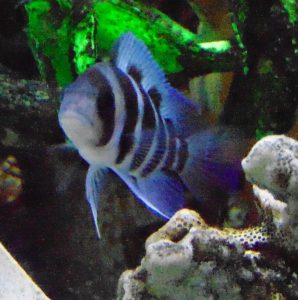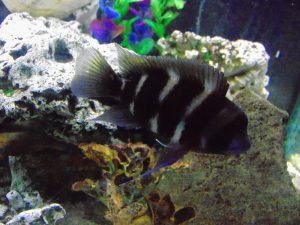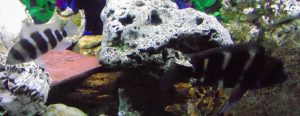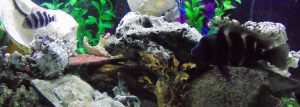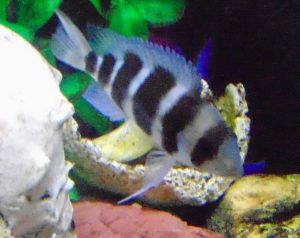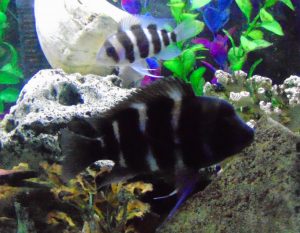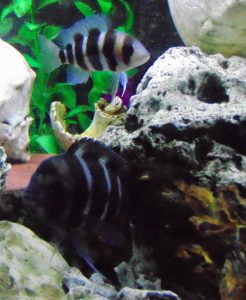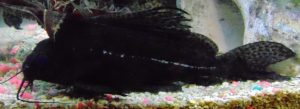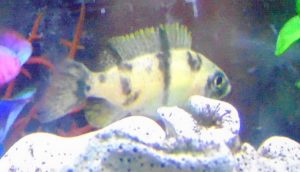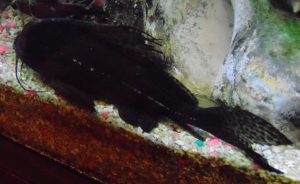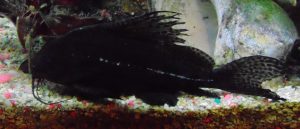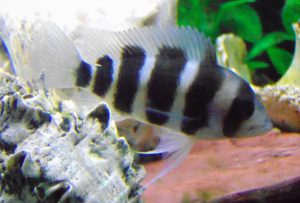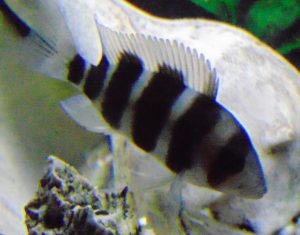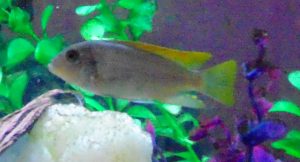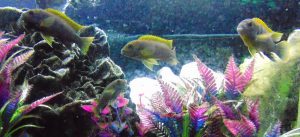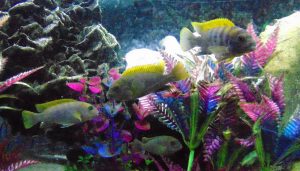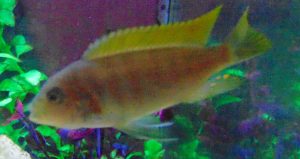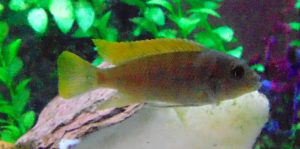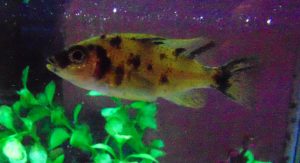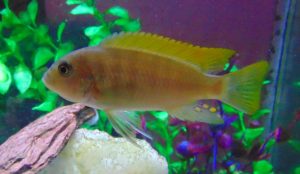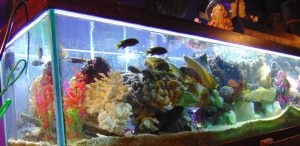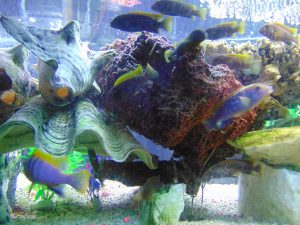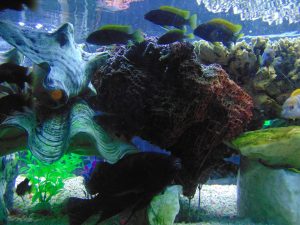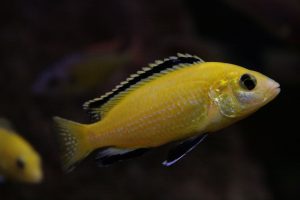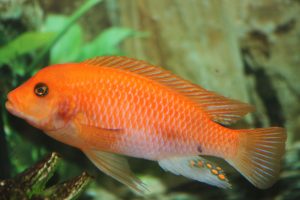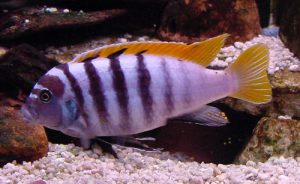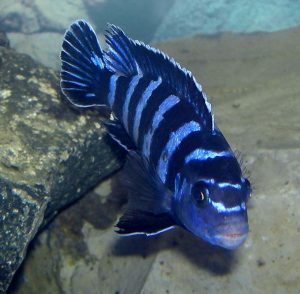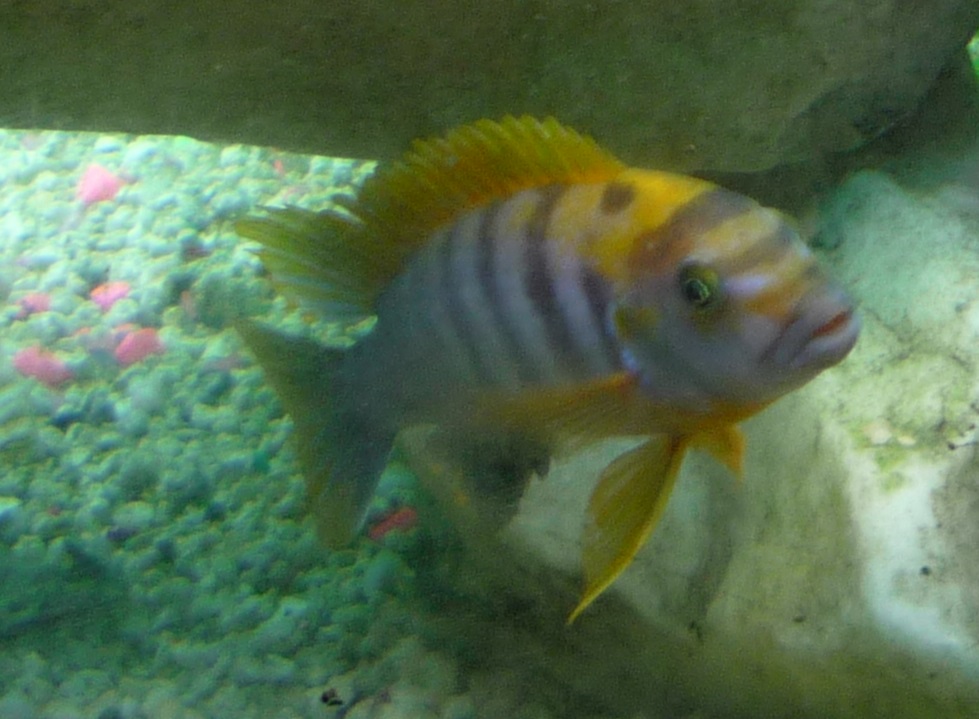Use a short sleeve shirt
wash your hands and arms, making sure to rinse all soap off
Supplies needed
towels
blankets
paper towels
Windex
filter cartridges
diatomaceous earth
buckets
new filters (if needed)
new under gravel pumps (if needed)
prepare the tanks
Move furniture out of the way
Remove tank top decorations
Place blankets on the floor in front of the tanks
Remove lights
Place lights out of the way
Place glass & hoods next to the laundry room wash tub
Remove filter caps and filter sponges. Place in a bucket.
Remove shells, corals, and rocks from the tank and place them on the blankets. Be extra careful that fish are not hiding in corals and shells. If in doubt, leave them in the tank.
Partially fill a 6 gallon bucket with clean tap water. Remove plants and place them in the bucket.
Note the levels of the water in the tanks after removing the items. That is the level you’ll need on the last day of cleaning so you can put things back without overflowing the tanks.
clean the gravel
This will take 3 to 5 days because the vacuum removes gallons of water and we don’t want to change more than 30% per day.
Stir the gravel. Push the gravel so it is sloped towards the back of the tank. After the water clears (maybe 30 minutes to one hour) vacuum the gravel into a bucket. Empty the bucket into the toilet. Repeat until you have removed 30% of the water. Be careful on the first day- the water level will be lower since you removed the rocks and corals so adjust the calculations accordingly.
Replace the water in the tanks with filtered tap water. Add 1 tablespoon of non-iodized salt per 5 gallons of water added.
Repeat this every day until the gravel is clean.
Filters
Always ensure to save some charcoal (and bacteria) when replacing the filters.
Day 1 check the filters. Fix or replace as needed.
Day 1 replace one filter cartridge.
Day 2 replace the other filter cartridge
After running the diatom filter replace both cartridges.
Under Gravel Filters
On day 1 make sure they are all still working. Fix or replace as needed.
After running the diatom filter make sure they are still working optimally. Often they get clogged with gravel during the cleaning process.
In the meantime
clean glass & hoods
clean light fixtures (leaving no chemical residues)
clean the filter sponges and caps
Finishing
Decorate the tanks with rocks, corals, shells, and plants.
Replace the lights.
Run the diatom filter on each tank. Sometimes it gets clogged very soon and will need to be run several times. This might take days to complete.
Fish
They’ll be fine during all this. The only casualties I’ve had was from unnoticed fish in shells and corals and sometimes a jumper. Catch all fish for donation and get rid of them. Catch all fish in the 30 gallon quarantine tanks and place in the 100 gallon tank. Add new fish to the 30 gallon tanks.
Finally
Replace the filter sponges and caps.
Clean the outside glass
